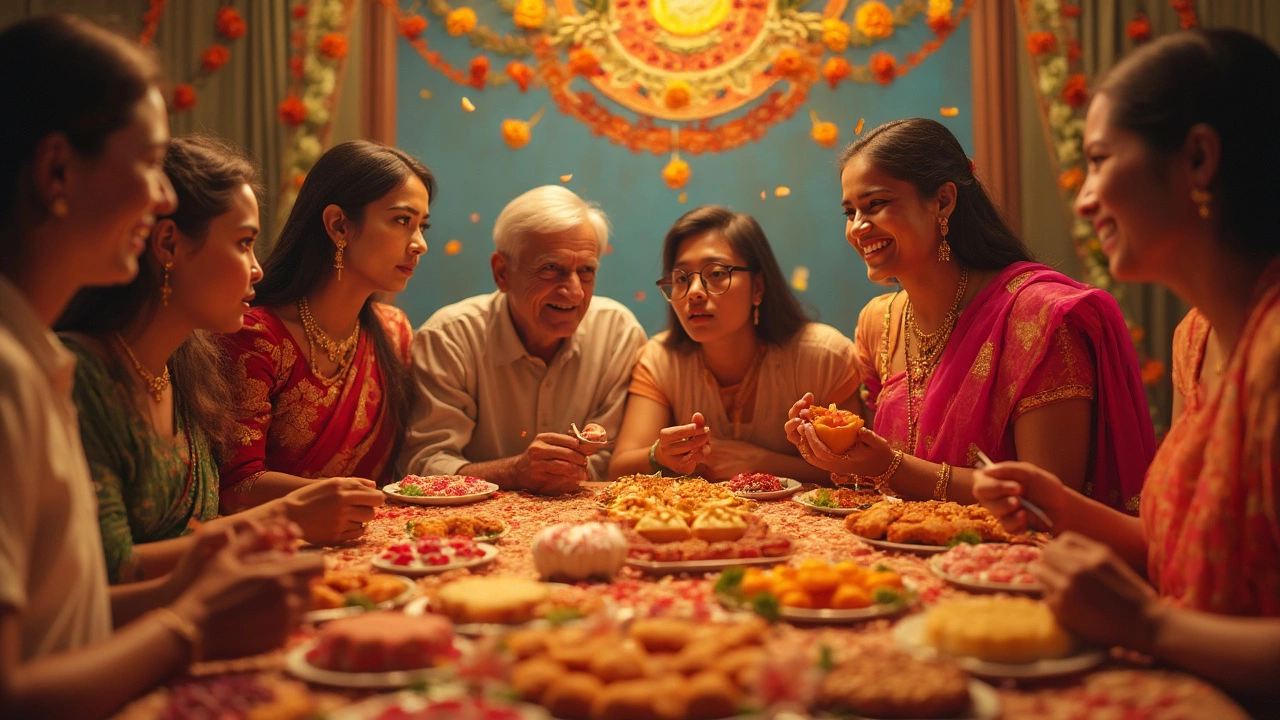Nationality Sweets Consumption: What Makes One Culture’s Dessert Different from Another?
Ever wondered why a South Indian family reaches for jalebi while a French baker pulls out a croissant? The answer lies in history, climate, and even religion. Every nation has a sweet story, and those stories shape the way people eat dessert today.
What drives sweet choices across cultures?
First off, ingredients matter. In tropical countries like India, sugarcane and jaggery are abundant, so many traditional sweets use these natural sweeteners. Think gulab jamun soaked in sugar syrup or payasam cooked with coconut milk. In contrast, colder regions rely on honey, dried fruits, or dairy‑based confections because those keep longer and provide extra calories for winter.
Religion also leaves a mark. During Ramadan, Muslims across South Asia and the Middle East break fast with dates and sweet soups. Hindu festivals bring ladoos made from gram flour or sesame seeds, while Buddhist traditions often favor simple rice‑based sweets without dairy.
Celebrations amplify preferences. Birthdays in the United States are almost always marked with cake, while Chinese New Year features nian gao, a sticky rice cake symbolizing good luck. These festive foods become part of everyday cravings over time.
Modern life adds another layer. Global travel and streaming platforms expose people to desserts they never grew up with. A teenager in Mumbai might now love matcha‑flavored mochi, just as a Londoner could be hooked on mango lassi‑ice cream. Social media spreads these trends faster than any cookbook ever did.
Tips for enjoying sweets responsibly
Regardless of where a sweet comes from, balance is key. Portion control beats binge‑eating every time. For example, grab a small piece of kheer instead of a whole bowl, or enjoy a slice of tiramisu with a cup of tea rather than a full serving.
Swap where you can. Replace refined sugar with jaggery, honey, or coconut sugar in homemade desserts. These alternatives add a hint of flavor and some nutrients without the jagged spike in blood sugar.
Boost nutrition by adding fruits or nuts. A handful of roasted almonds on top of gulab jamun adds crunch and protein, making the treat more filling. Similarly, topping a slice of carrot cake with fresh orange zest brightens the flavor and cuts the need for extra frosting.
Finally, mind the timing. A light sweet after dinner can satisfy a sugar craving without disrupting sleep, but a heavy, oily sweet late at night may cause indigestion. Pairing a small dessert with a glass of warm milk can also help you relax.
Understanding why different nations love certain sweets makes it easier to appreciate the flavors and respect the traditions behind them. Next time you reach for a treat, think about its origin, the story it tells, and how you can enjoy it in a way that feels good for your body and your taste buds.
What Nationality Eats the Most Sweets? Surprising Truths and Indian Sweets Inspiration
Who tops the charts in eating sweets, and what makes them love sugar so much? This article compares global sweets consumption with a special look at Indian dessert culture. You'll discover quirky facts about national sugar habits, how Indians fit into the picture, and why Indian mithai stands out. Find out which countries’ people have the biggest sweet tooth and get quick tips for making your treats a bit healthier. If you've ever wondered why some folks reach for laddoos while others grab chocolate, this one’s for you.
